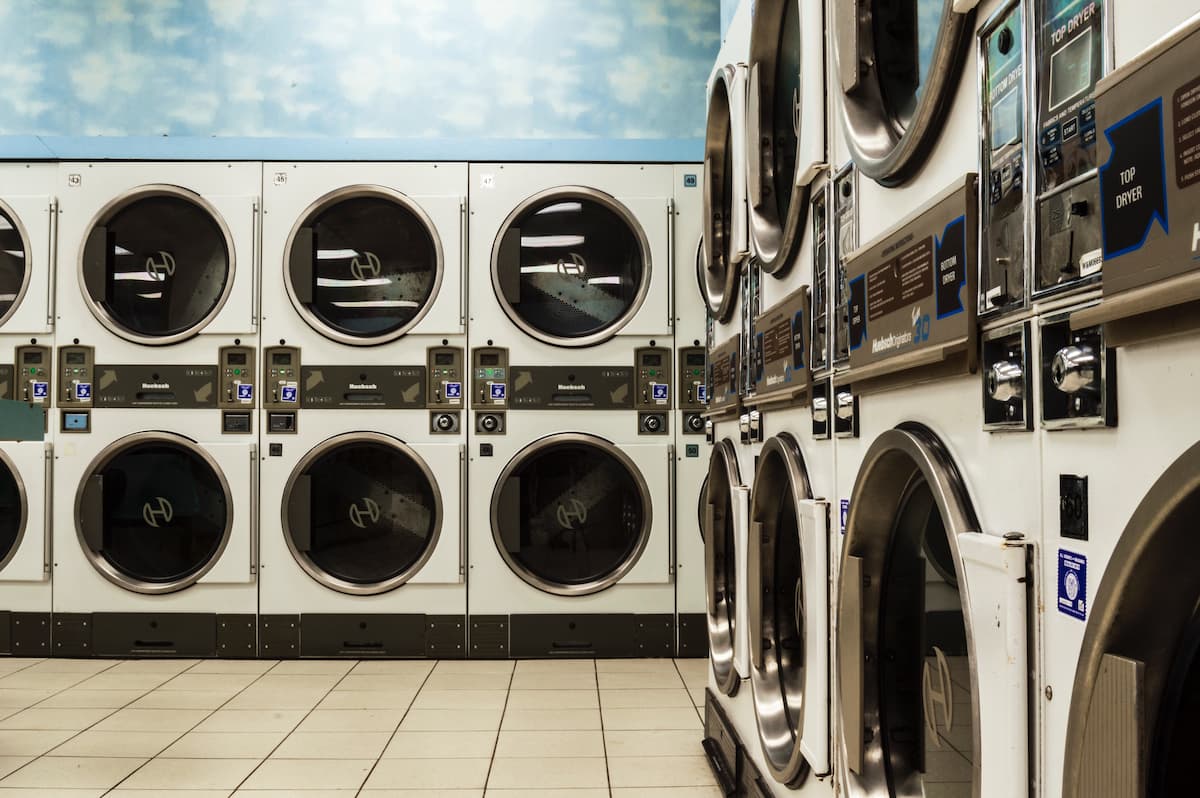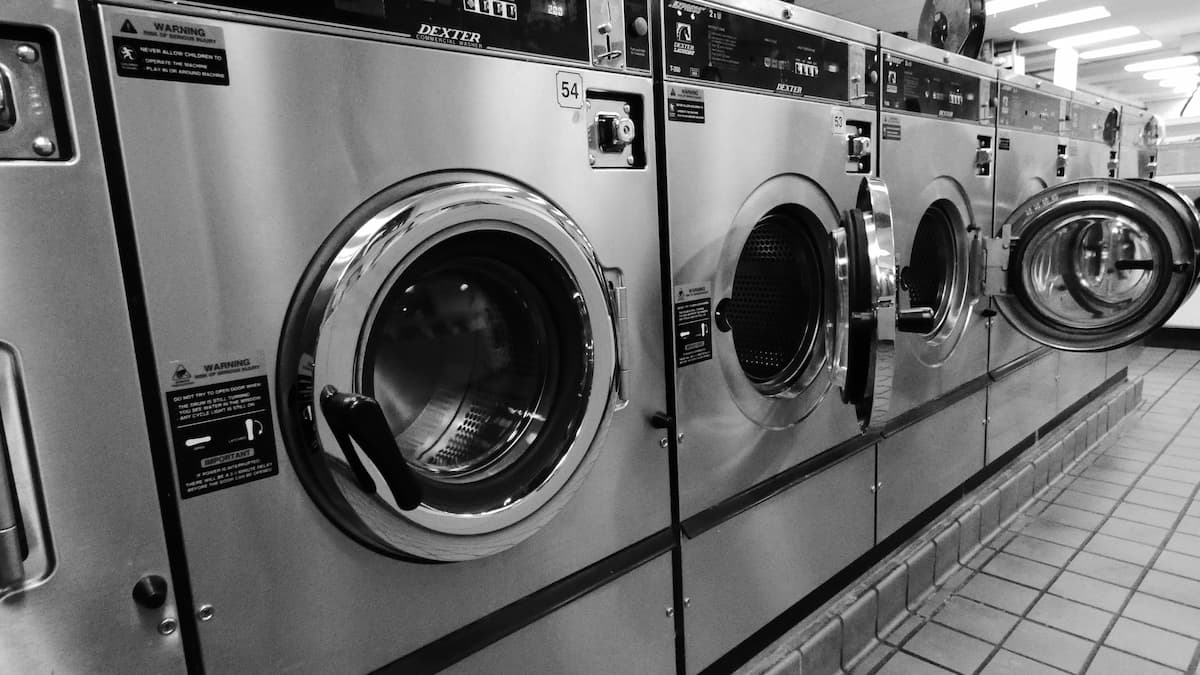
Owning a laundromat might not be the flashiest business idea, but it’s one of the most stable and profitable small business opportunities to invest in. According to the Coin Laundry Association, laundromats in the U.S. generate $5 billion in annual revenue and have a 95% success rate over five years—a significantly higher survival rate compared to other small businesses.
Laundromats provide an essential service, making them recession-proof. But like any investment, success depends on choosing the right location, securing financing, and managing costs wisely. If you’re considering buying or starting a laundromat, this guide will walk you through the financing options, acquisition strategies, and business models that lead to long-term success.
1. How Much Does It Cost to Open or Buy a Laundromat?
A laundromat requires significant upfront investment, but small business loans and commercial financing can help offset costs. Here’s what you can expect:
- Buying an Existing Laundromat: $200,000 – $500,000
- Starting a New Laundromat: $250,000 – $1,000,000+
- Leasing vs. Buying Property: Costs vary based on location
- Commercial-Grade Equipment: $1,000 – $3,000 per machine
- Monthly Utilities (Water, Gas, Electricity): $4,000 – $10,000
How to Finance a Laundromat
If you don’t have the capital to cover these costs upfront, a small business loan or SBA loan can help.
- SBA 7(a) Loan – Ideal for purchasing an existing laundromat
- Commercial Equipment Financing – Covers washing machines and dryers
- Business Line of Credit – Helps manage cash flow for maintenance and repairs
Many banks like Security Bank & Trust Co. offer small business acquisition loans tailored for buying an existing laundromat. Whether through programs with the Small Business Administration (SBA) or a conventional, it's important to work through your business plan and make sure your investment will generate the return on investment that is satisfactory to you.
2. Finding the Right Location: The Key to Profitability
The location of your laundromat determines how profitable your business will be. The best locations are:
- High-density apartment areas – Renters often don’t have in-unit laundry.
- College campuses – Students frequently use laundromats.
- Low-income neighborhoods – Many residents rely on laundromats.
- Shopping centers – High foot traffic increases exposure.
How to Analyze a Market Before Buying a Laundromat
- Use Google Maps to identify nearby competitors.
- Check demographic reports for population density and income levels.
- Visit existing laundromats—are they busy? Are the machines modern or outdated?
If you’re using a small business loan for financing, lenders will often spend time discussing a location analysis to determine the business’s potential success before approving funding.
3. Maximizing Profits: More Than Just Coin-Operated Machines
Boosting Revenue with Additional Services
A laundromat’s revenue doesn’t have to come only from washers and dryers. Many successful laundromats increase profits by offering:
- Wash-and-Fold Services – Charge a premium for convenience and has potential to increase revenues 5-30%.
- Pickup & Delivery Laundry Service – Expands your customer base.
- Vending Machines & ATMs – Extra revenue with little maintenance.
- Loyalty Programs & Membership Plans – Encourage repeat business.
Smart Cost Management
To maximize profit margins, focus on:
- Energy-efficient equipment to lower utility costs.
- Preventative maintenance to reduce expensive repairs.
- Cashless payment systems to streamline transactions and track revenue.
4. Financing Your Laundromat Business: Loan Options & Bank Partnerships
Many laundromat investors rely on financing to cover startup costs, expansion, or equipment purchases. Here are the best small business financing options:
Best Small Business Loans for Laundromats
A strong business plan improves your chances of securing financing. We've covered this in our Comprehensive Guide to Commercial Loans. Lenders want to see cash flow projections, location research, and operational strategies.
5. Scaling Your Business: When to Open a Second Location
Once your first laundromat is consistently profitable, expanding to a second location is a smart move. Here’s how to know when it’s time:
- Steady Cash Flow – Your first location is generating strong, predictable income.
- High Local Demand – Market research shows demand exceeds supply.
- Affordable Financing Available – Banks offer competitive small business acquisition loans.
Automating Operations for Easier Scaling
- Cloud-based POS systems for remote monitoring.
- Self-service kiosks to reduce labor costs.
- Smart washers & dryers that alert you to maintenance issues.
Final Thoughts: Is a Laundromat a Good Investment?
A laundromat can be a profitable small business if you focus on the right location, smart financing, and cost-efficient operations. With small business loans and financing options, even first-time entrepreneurs can enter this industry with confidence.

Pros of Investing in a Laundromat:
-
Recession-proof: Laundromats are essential services that are always in demand, even during tough economic times.
-
Steady Income: Laundromats generate a predictable and stable income, making it easier to plan for expenses and investments. After the initial setup phase, that income is fairly passive, requiring minimal time investment once things are up and running.
-
Low Overhead Costs: Laundromats have low overhead costs compared to other businesses, which can lead to higher profits.
-
Scalability: Once you establish a profitable laundromat, it's relatively easy to replicate the model and open additional locations.
-
Minimal Inventory: Unlike other businesses, laundromats require minimal inventory and supplies, which reduces the risk of losses due to unsold inventory.
Cons of Investing in a Laundromat:
-
Upfront Investment: Setting up a profitable laundromat requires a significant initial investment in equipment, location, and marketing.
-
Maintenance Costs: Laundromat equipment requires regular maintenance and repairs, which can get expensive, especially if you are outsourcing.
-
Competition: Depending on the location, there may be a significant amount of competition from other laundromats, which can impact profitability. So evaluate the market that you are in and use laundromat / real estate rental comps to your advantage.
-
Staff Management: Managing staff and ensuring that they provide quality customer service can be challenging, and turnover can lead to additional costs and training expenses.
If you do you due diligence, investing in a profitable laundromat can be a sound business opportunity. Consider the pros and cons, conduct thorough research, and keep potential customers at the forefront of your mind before making a significant investment.





